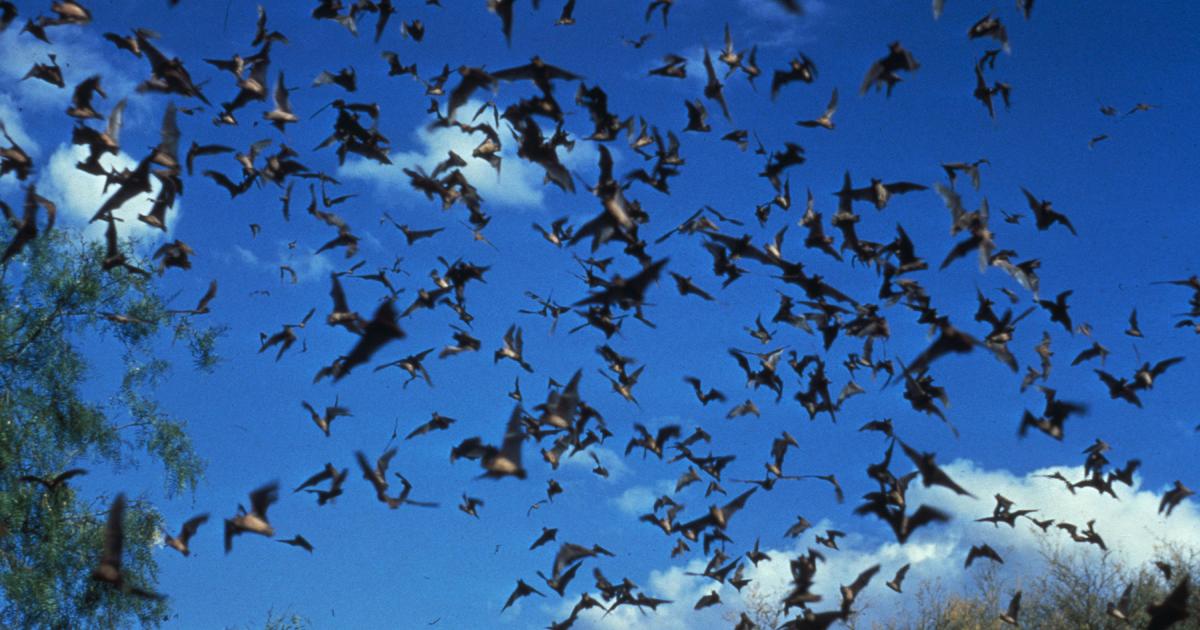The recent death of a child in Canada from rabies, following exposure to a bat in their bedroom, highlights the critical need for rabies awareness and prevention. This tragic event marks the first domestically acquired case of human rabies in Ontario since 1967, underscoring the potentially lethal consequences of underestimating this often overlooked zoonotic disease. The lack of visible bite marks or scratches, initially leading parents to forgo seeking medical attention, tragically demonstrates the insidious nature of the infection and the importance of immediate action upon any suspected exposure. This case serves as a stark reminder that rabies remains a significant public health threat, even in developed countries.
Understanding Rabies and its Transmission
What is Rabies?
Rabies is a deadly viral infection that affects the central nervous system, ultimately causing inflammation of the brain and spinal cord. It’s a zoonotic disease, meaning it can be transmitted from animals to humans. The virus is primarily spread through the saliva of an infected animal, typically via a bite. However, exposure can also occur through scratches or even contact with saliva on broken skin. While bats are a common vector, rabies can also be found in other mammals, including raccoons, foxes, skunks, and occasionally even household pets like cats and dogs. The incubation period, the time between exposure and symptom onset, varies, but symptoms can manifest from a few weeks to several months. The longer incubation period, and the sometimes vague initial symptoms can add a further complication for accurate diagnosis.
Transmission Routes and Risk Factors
The primary route of rabies transmission is through a bite from an infected animal. The virus then travels along the nerve fibers to the central nervous system, where it can cause serious neurological damage. The lack of immediate noticeable symptoms further exacerbates the risk. However, contact with an infected animal’s saliva can also occur through scratches, or even when the saliva is transferred via a broken layer of skin. Because bites from bats may not cause significant noticeable injuries, they present a particular challenge, which leads to potential underreporting and less aggressive seeking of medical attention.
Preventing Rabies: Precaution and Post-Exposure Care
Pre-Exposure Prevention
The best way to avoid rabies is to minimize contact with potentially infected animals. This means avoiding wild animals, especially those showing unusual behavior such as aggression or disorientation. Vaccinations are also highly effective in preventing rabies. Post-exposure prophylaxis (PEP) is crucial for anyone who suspects potential contact with an infected animal. The prompt initiation of the treatment is vital before symptom manifestation; after that, it is almost always fatal. Domestic pets should receive appropriate vaccinations.
Post-Exposure Prophylaxis (PEP)
If you’ve had contact with an animal that may have rabies, it’s imperative to seek immediate medical attention. The standard treatment protocol involves the immediate and thorough cleansing of any wounds or areas of contact with soap and water for 15 minutes. PEP typically consists of a series of rabies vaccine injections given in the days and weeks after exposure, and sometimes Rabies Immunoglobulin is administrated at the site of infection. Early administration significantly increases the chances of survival, emphasizing that post-exposure prophylaxis is essentially 100 percent effective as a preventative measure when provided promptly.
The Canadian Case and Public Health Implications
The Tragic Outcome
The recent Canadian case highlights the devastating consequences of untreated rabies exposure. The child’s death serves as a stark warning of the seriousness of the disease and the absolute need for prompt medical intervention following any possible animal bite or exposure to saliva. This tragedy, which caused significant public fear and outrage emphasizes the critical need for increased public awareness and education regarding the symptoms of rabies, the potential dangers associated with seemingly minor exposure, and the importance of post-exposure treatment. The Canadian government released new public information pamphlets which emphasize the above.
Public Health Response and Recommendations
The public health authorities in both Canada and the United States have responded to the tragic events with renewed efforts to educate the public about rabies prevention and treatment. The incident underscores the need for comprehensive educational programs that empower communities and families to prevent rabies infections and encourage immediate post-exposure action. There is also a continuous review of domestic animal and wild-life rabies vaccination programmes.
Take Away Points:
- Rabies is a fatal zoonotic disease with no cure after symptoms appear.
- Prompt post-exposure prophylaxis (PEP) is crucial for preventing death after potential exposure to a rabid animal.
- Awareness of the risks of bat exposure, specifically unnoticed scratches, is critical.
- Immediate medical attention is necessary for anyone potentially exposed to an animal suspected of having rabies. Thoroughly clean any wounds with soap and water for 15 minutes before seeking immediate help.
- Public health education programs must emphasize these preventative measures.




